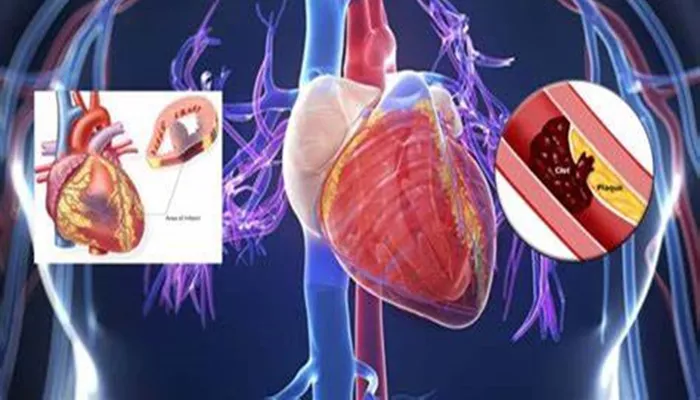A recent study led by Professor Ge Junbo and Director Dai Yuxiang from Zhongshan Hospital, along with Professor Chen Renjie from Fudan University, has uncovered significant differences in how low ambient temperatures affect two types of myocardial infarction: myocardial infarction with non-obstructive coronary arteries (MINOCA) and myocardial infarction with obstructive coronary artery disease (MI-CAD). The findings were published on October 28, 2024, in the European Heart Journal.
Understanding MINOCA
MINOCA is characterized by a myocardial infarction where the coronary artery lumen is less than 50% blocked. This condition poses a challenge for healthcare providers due to its complex causes and the absence of effective treatment strategies. As advancements in coronary imaging technology continue, MINOCA is increasingly recognized as a common clinical issue that affects both patients and medical professionals.
Key Findings from The Study
The research utilized data from the Chinese Cardiovascular Health Alliance-Chest Pain Center database, analyzing records from 83,784 MINOCA patients and 918,730 MI-CAD patients. The overall incidence of MINOCA was found to be 8.4%, aligning with previous reports from Europe and the United States, which range between 5% and 15%.
However, the study revealed notable demographic differences: while MINOCA is more prevalent among younger women in Western populations, the average age of MINOCA patients in China was higher (66 years) compared to MI-CAD patients (63 years). Additionally, a significant majority of MINOCA patients were male (68.2%). This suggests that the characteristics of MINOCA may vary significantly across different populations, indicating a need for tailored prevention strategies in China.
Temperature’s Role in Myocardial Infarction Risk
The study highlighted a significant negative correlation between ambient temperature exposure and the risk of both MINOCA and MI-CAD. The relationship was nearly linear for MINOCA, while it plateaued at lower temperatures for MI-CAD. The risk associated with low temperatures became evident after just two days of exposure, peaked around four to five days, and subsided after seven to nine days.
Specifically, the odds ratio for developing MINOCA due to extreme cold was 1.58, which was notably higher than the odds ratio for MI-CAD at 1.32.
Importantly, sensitivity analyses confirmed that these findings were not influenced by other environmental factors such as humidity or air pollution. This marks the first time research has established a stronger link between low temperature exposure and MINOCA compared to MI-CAD.
Vulnerable Populations
Subgroup analyses indicated that older adults (over 65 years) and women showed a heightened risk for both types of myocardial infarction when exposed to extreme cold. Furthermore, while southern regions of China exhibited a clearer correlation between low temperatures and MI-CAD incidence, no significant regional differences were observed for MINOCA.
Research Contributors
The paper’s co-corresponding authors are Professor Dai Yuxiang and Professor Chen Renjie. Dr. Huang Jia from Zhongshan Hospital and He Qinglin, a master’s student at Fudan University’s School of Public Health, are credited as co-first authors.
The research received substantial support from various institutions, including the Oriental Huaxia Cardiovascular Health Research Institute and the Chest Pain Center of Suzhou Industrial Park. Funding came from multiple sources such as the National Natural Science Foundation and Shanghai’s clinical research initiatives.
This study sheds light on how environmental factors like temperature can influence heart health, particularly in specific populations. As researchers continue to explore these connections, there may be opportunities for developing more effective prevention strategies tailored to diverse demographic groups.
Related topics:


